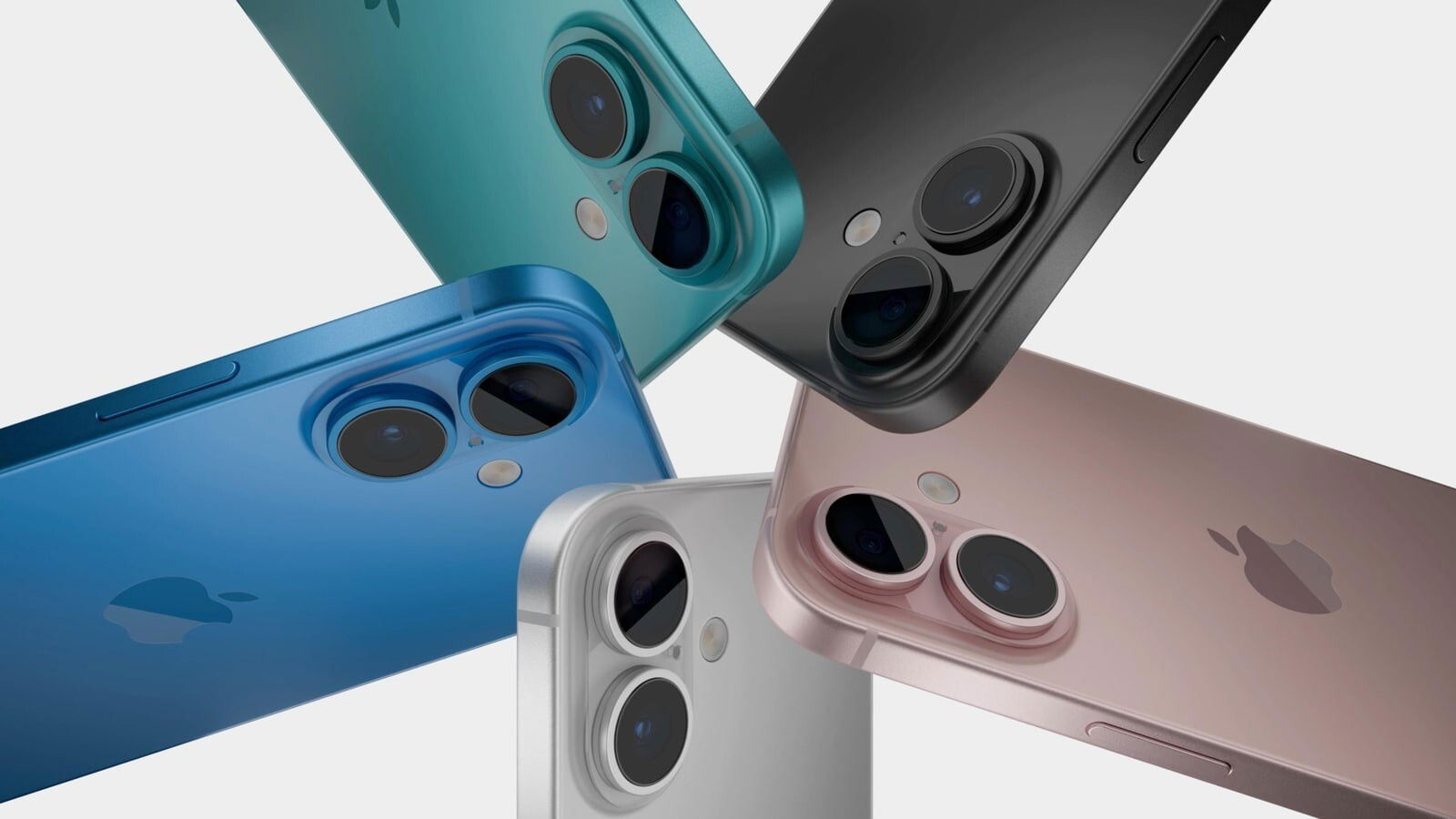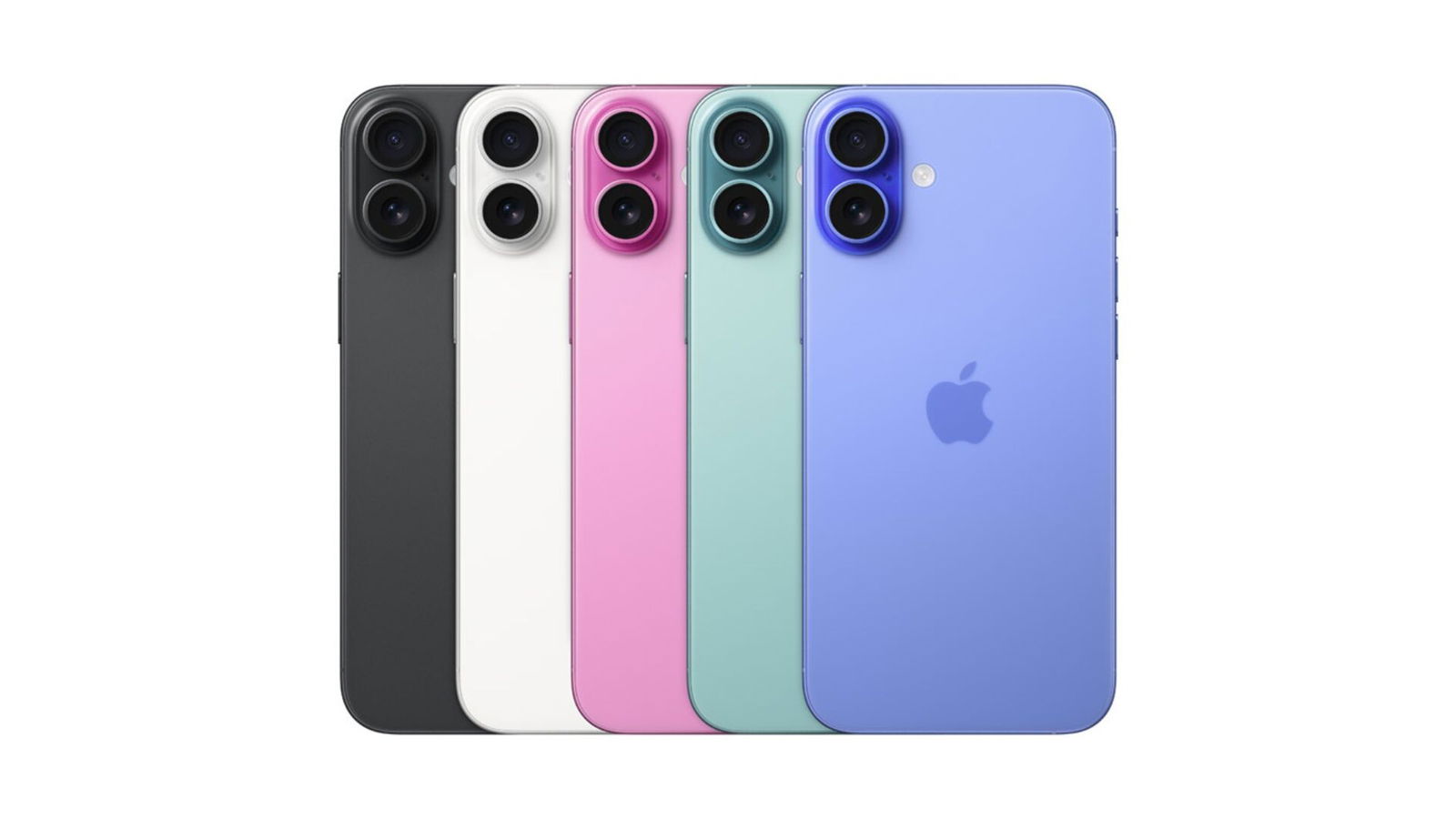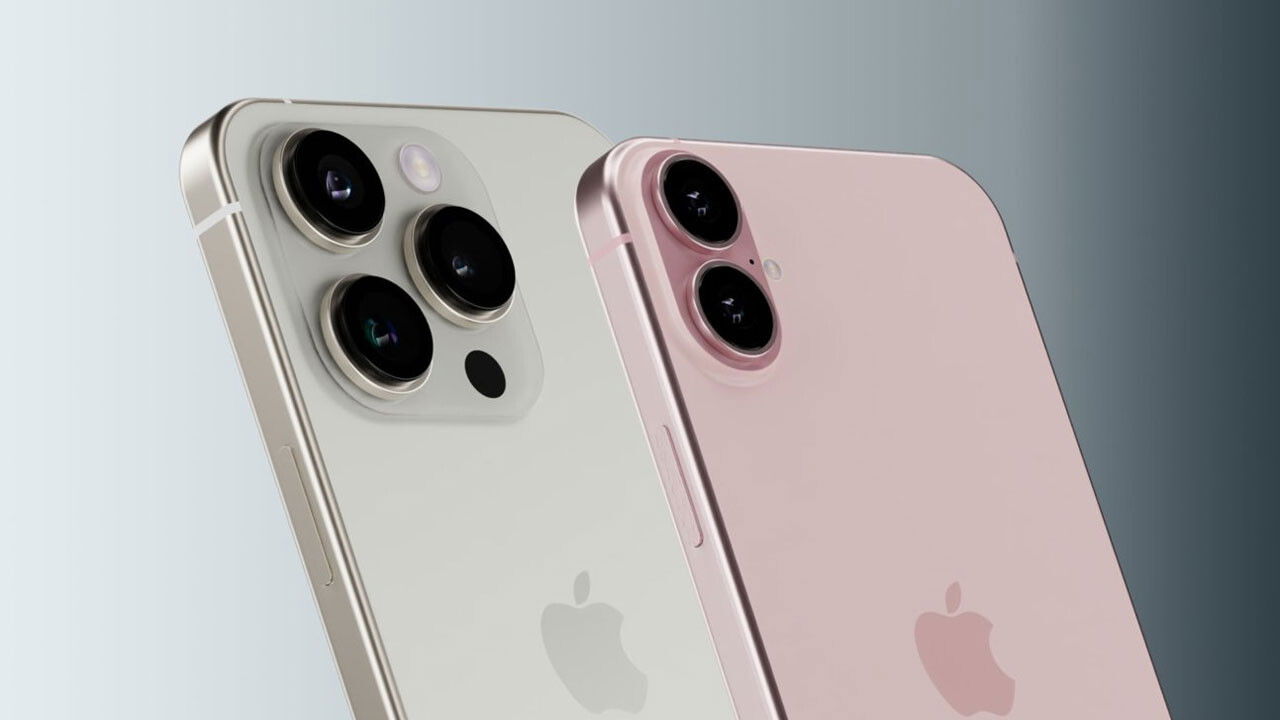The excitement around the launch of a new iPhone is palpable. For many tech enthusiasts and loyal Apple fans, each new release feels like a holiday, with the iPhone 16 generating buzz that could rival any major event. Apple has masterfully cultivated an image of innovation and desirability around its latest gadgets, positioning the iPhone as not just a phone but a lifestyle choice. The sleek design, advanced features, and seamless ecosystem integration make it a coveted item for many. However, the question lingers: do you really need the latest model?
The Allure of the Latest Tech
There’s a magnetic appeal to owning the latest tech gadgets. The thrill of unboxing a brand-new iPhone, feeling the smoothness of its surface, and experiencing its capabilities is exhilarating. With each iteration, Apple introduces cutting-edge features—improved camera technology, faster processors, and enhanced software—that promise to elevate user experience. The iPhone 16 boasts impressive upgrades like advanced AI functionalities and camera improvements, making it tempting for anyone looking to capture life’s moments in stunning detail.
Yet, this allure can come with strings attached. Many users find themselves feeling pressured to keep up with the newest releases, not wanting to be left behind in a fast-paced tech landscape. This is particularly pronounced among younger consumers, who are often at the forefront of tech trends. For them, owning the latest iPhone can signify status and connectivity in their social circles. But is this pressure justified?

The Double-Edged Sword of Tech Advancement
While the excitement around new technology can be invigorating, it can also be overwhelming. Each year, Apple rolls out a plethora of new devices—not just the iPhone but also the Apple Watch, AirPods, and various other accessories. Each gadget often comes with its own set of subscriptions and services, like iCloud storage, Apple Music, and Apple TV+. With so many options, it’s easy to feel overwhelmed by the plethora of choices and costs.
Recent research has shown that many consumers are experiencing “subscription fatigue.” A survey revealed that 52% of respondents felt overwhelmed by the number of subscriptions they had, indicating a broader trend of consumers questioning whether they need every service offered to them. This sentiment is particularly relevant when considering the array of subscriptions that accompany new devices. For instance, if you’re upgrading to the iPhone 16, you might also be tempted to subscribe to Apple’s latest offerings, adding to your monthly expenses.

Finding Balance in a Tech-Obsessed World
It’s essential to pause and reflect before making the leap into the latest technology. Consider your current device: is it still serving you well? Does it meet your needs without lagging or running out of storage? Many users find that last year’s model—or even models from two years ago—can perform just as well for everyday tasks, from messaging and social media to photography and streaming.
Furthermore, it’s crucial to evaluate the overall impact of these devices and subscriptions on your life. Are they enhancing your daily experience, or are they simply adding to the noise? Finding a balance between the desire for the newest tech and the practicality of what you truly need is key.
Conclusion: Choose Wisely
As the iPhone 16 hits the shelves, it’s easy to get swept up in the excitement and feel the urge to upgrade. However, before you make a purchase, take a moment to assess your needs and current technology. Are you prepared to not only pay for a new device but also potentially take on more subscriptions? With the prevalence of subscription fatigue among consumers today, it’s worth examining your options carefully. The latest gadget might be tempting, but it’s vital to consider whether it truly adds value to your life. Remember, in a world of constant technological advancement, sometimes the best choice is to stick with what works for you.



